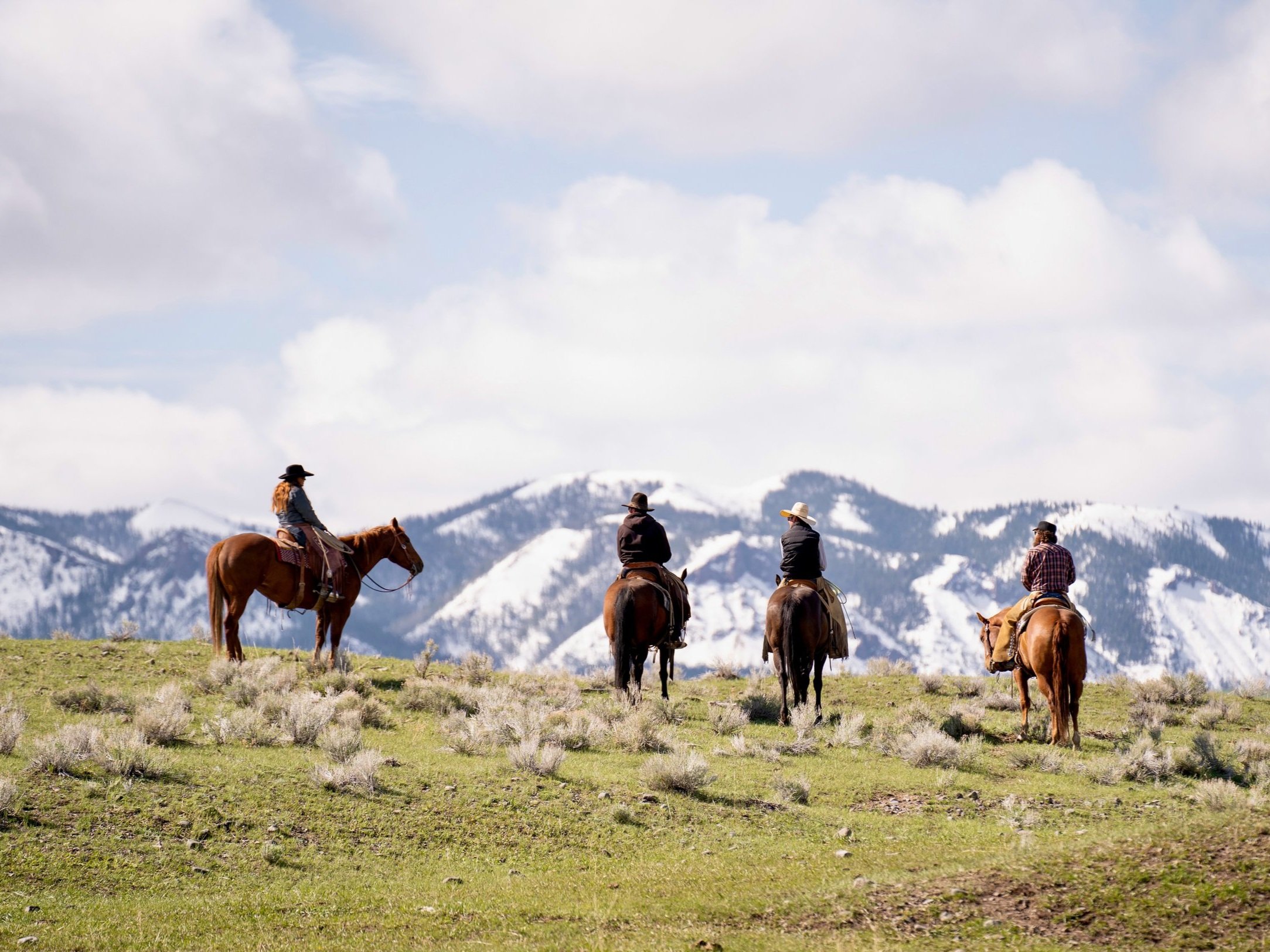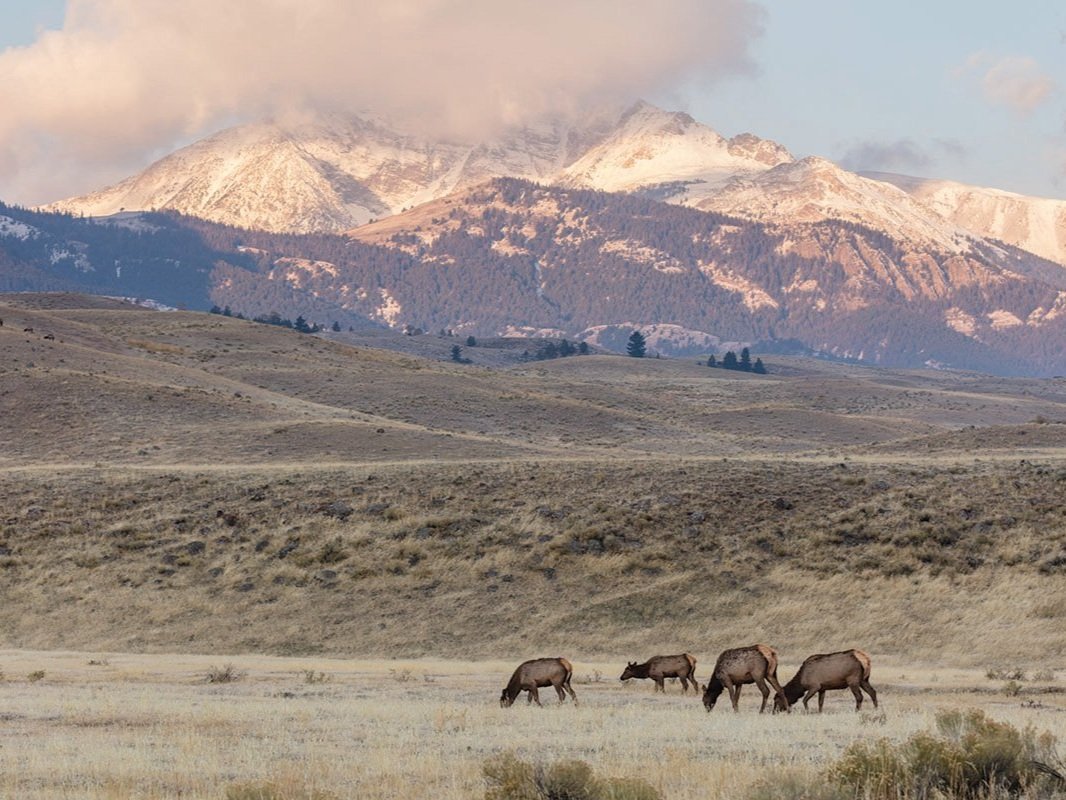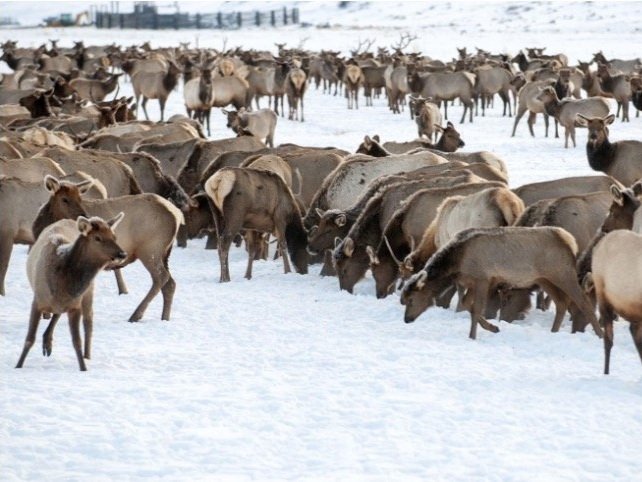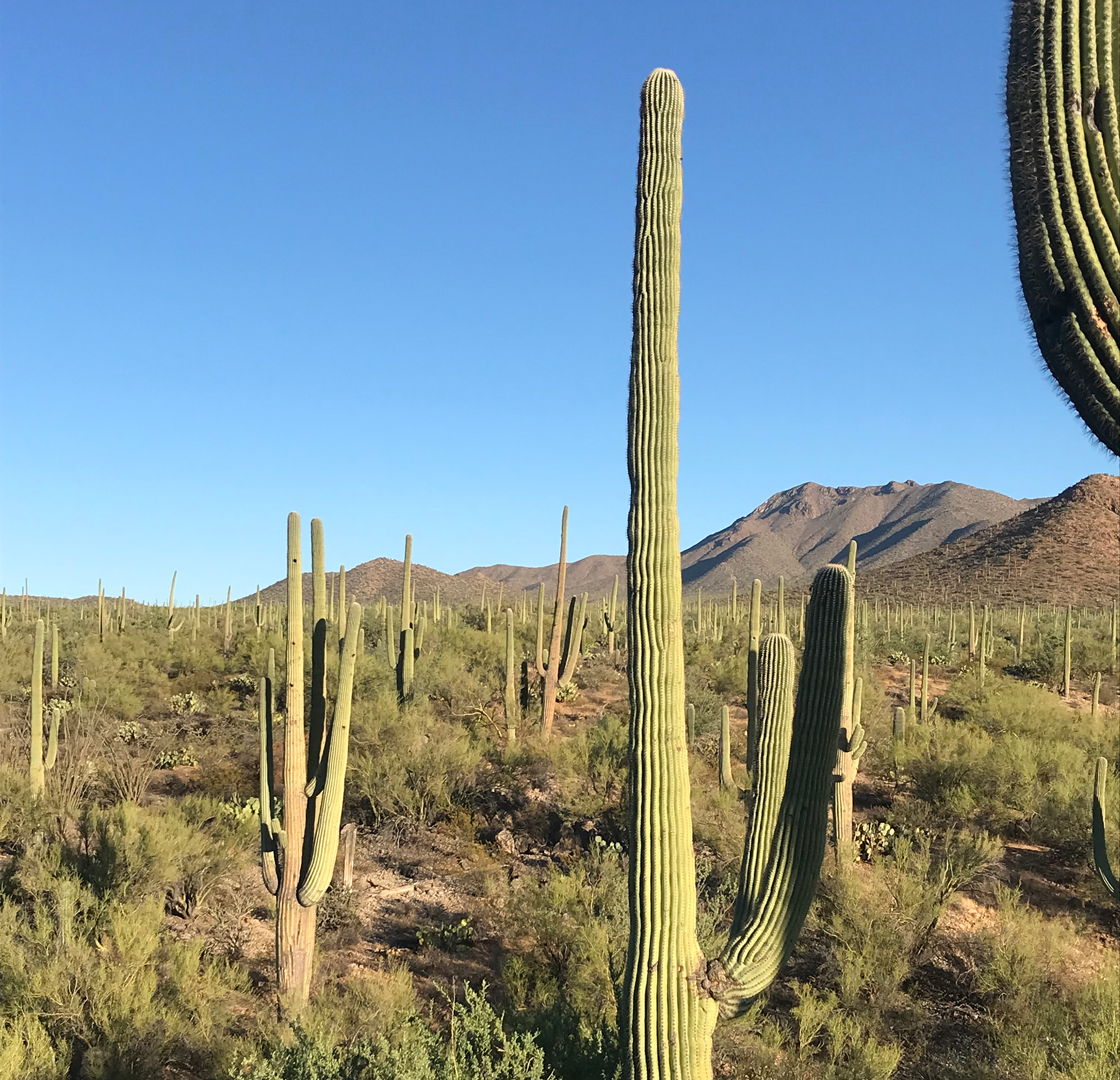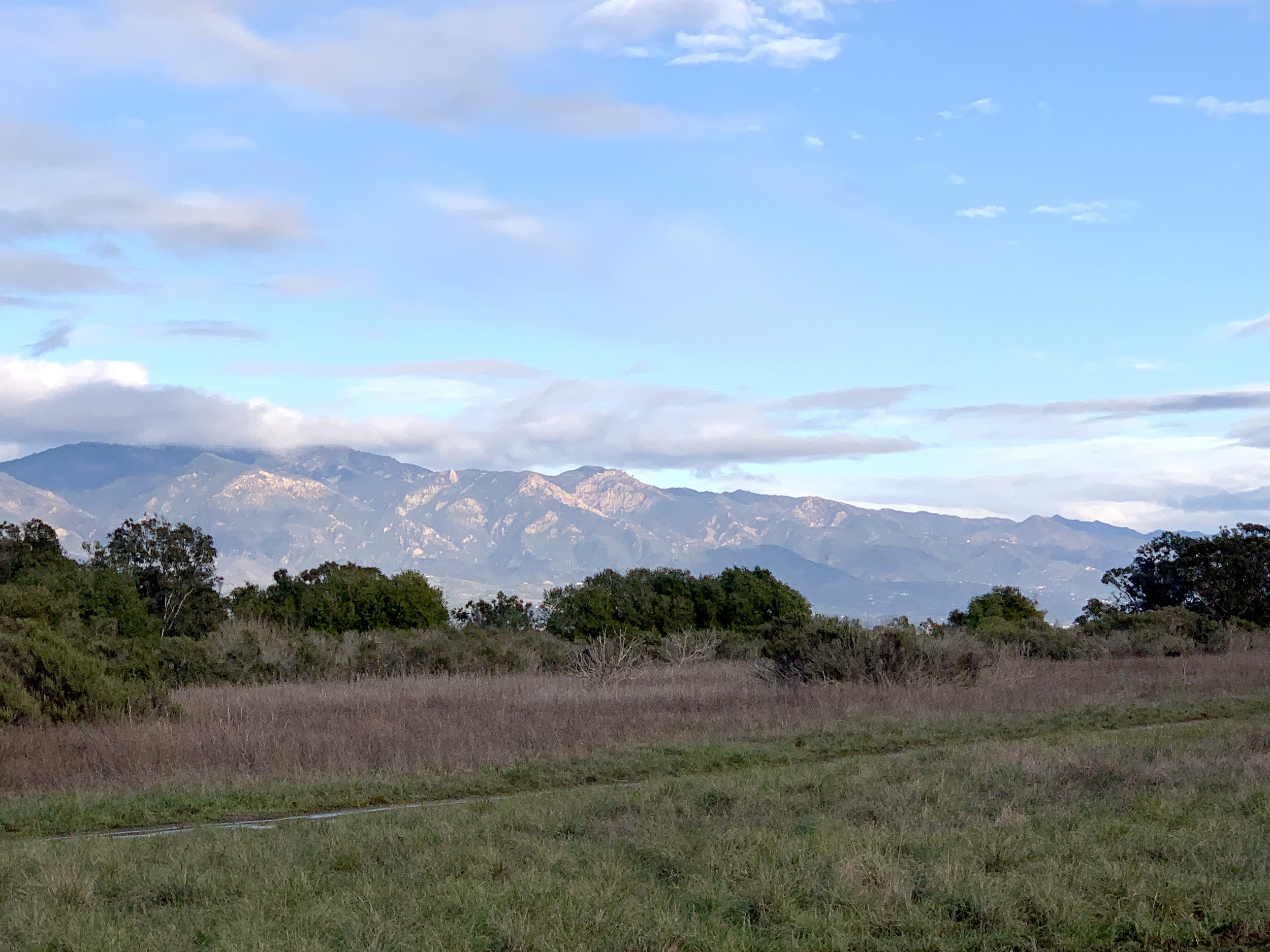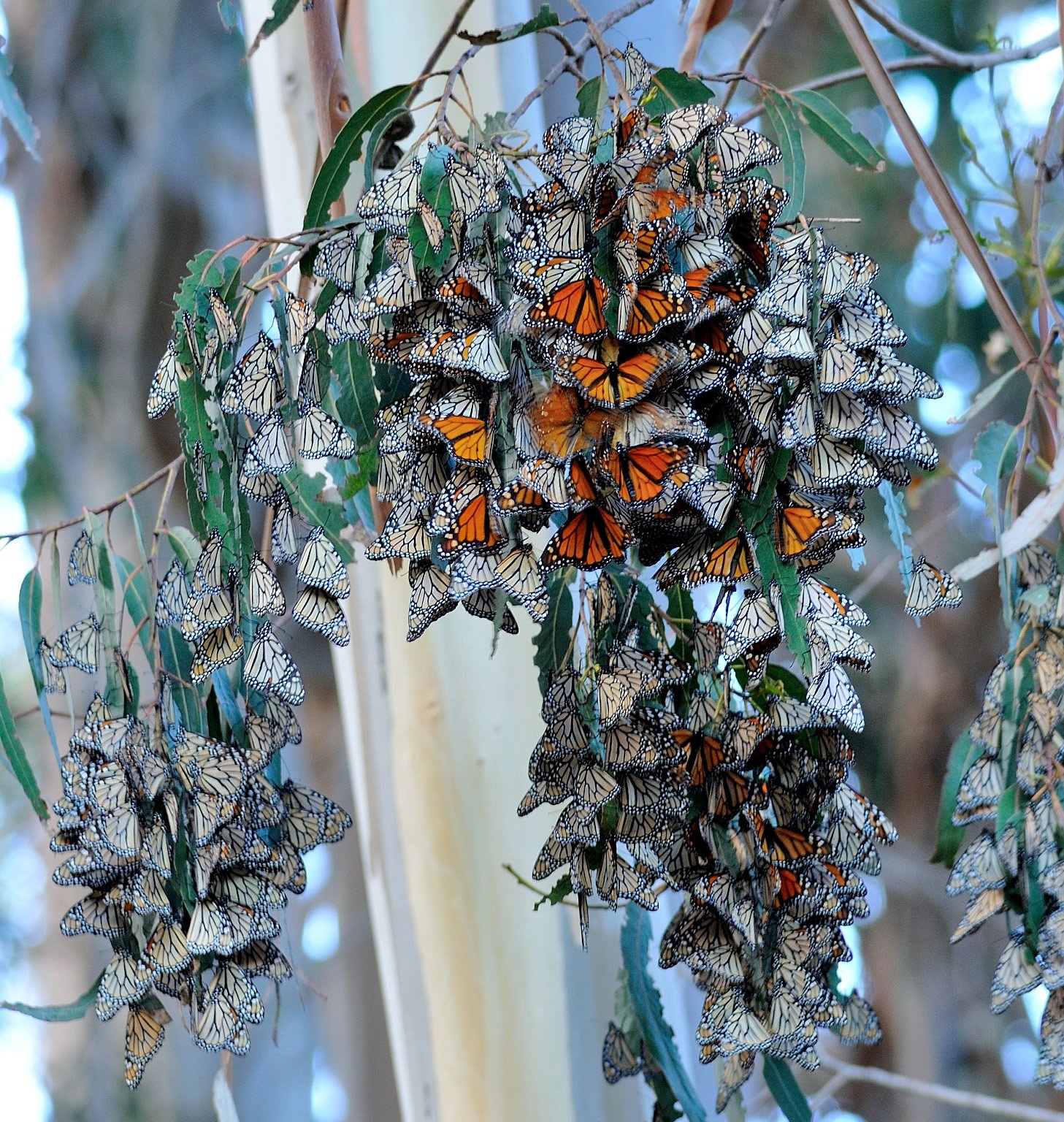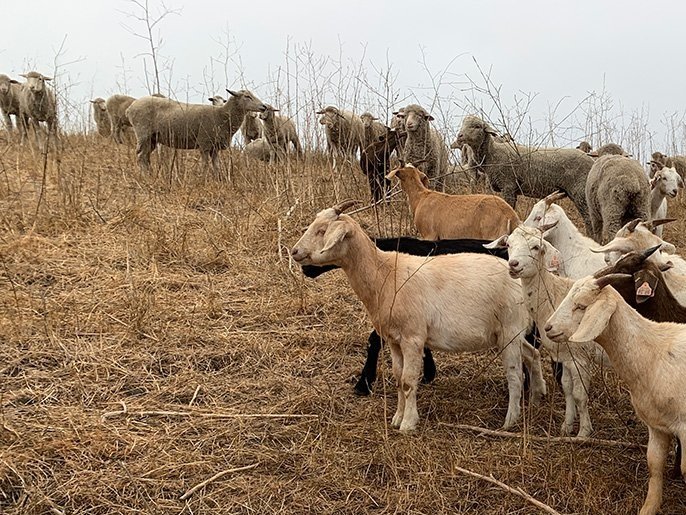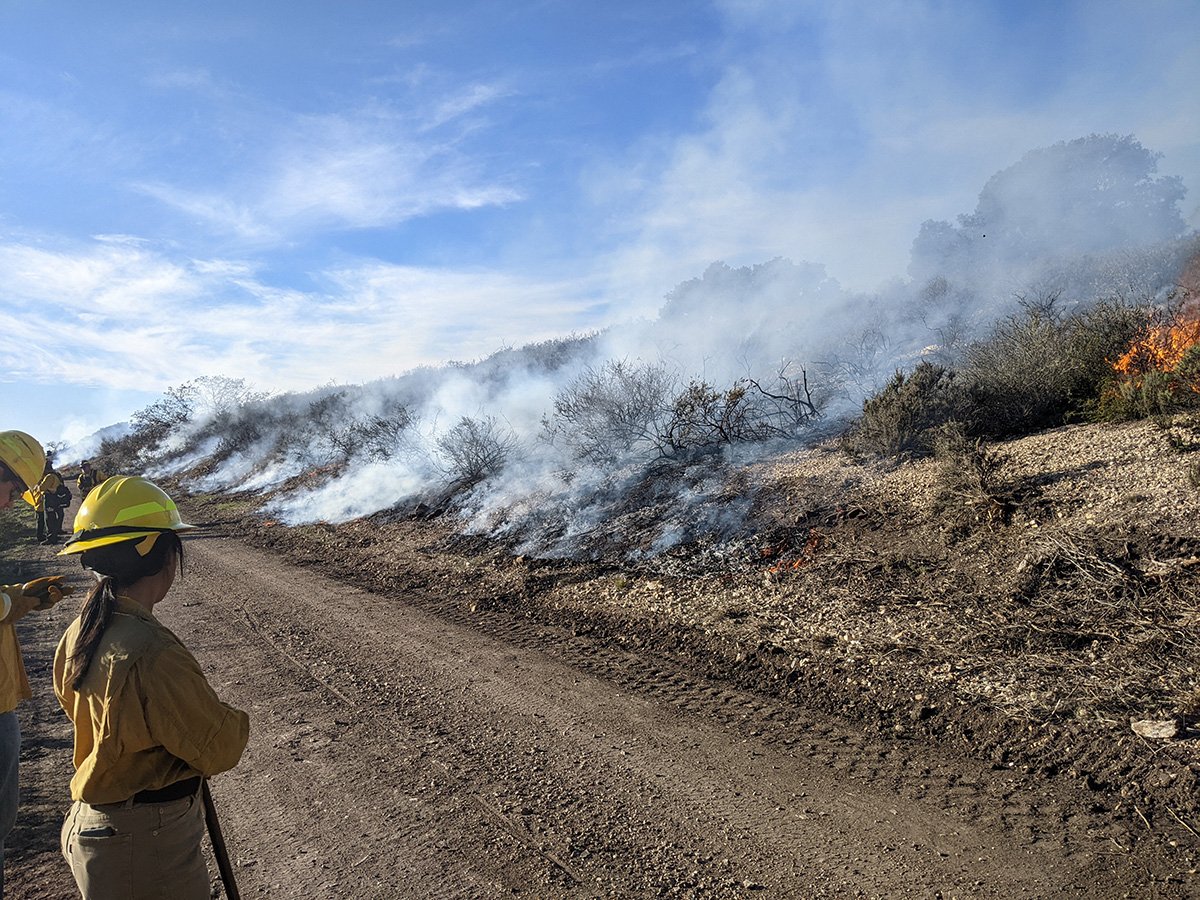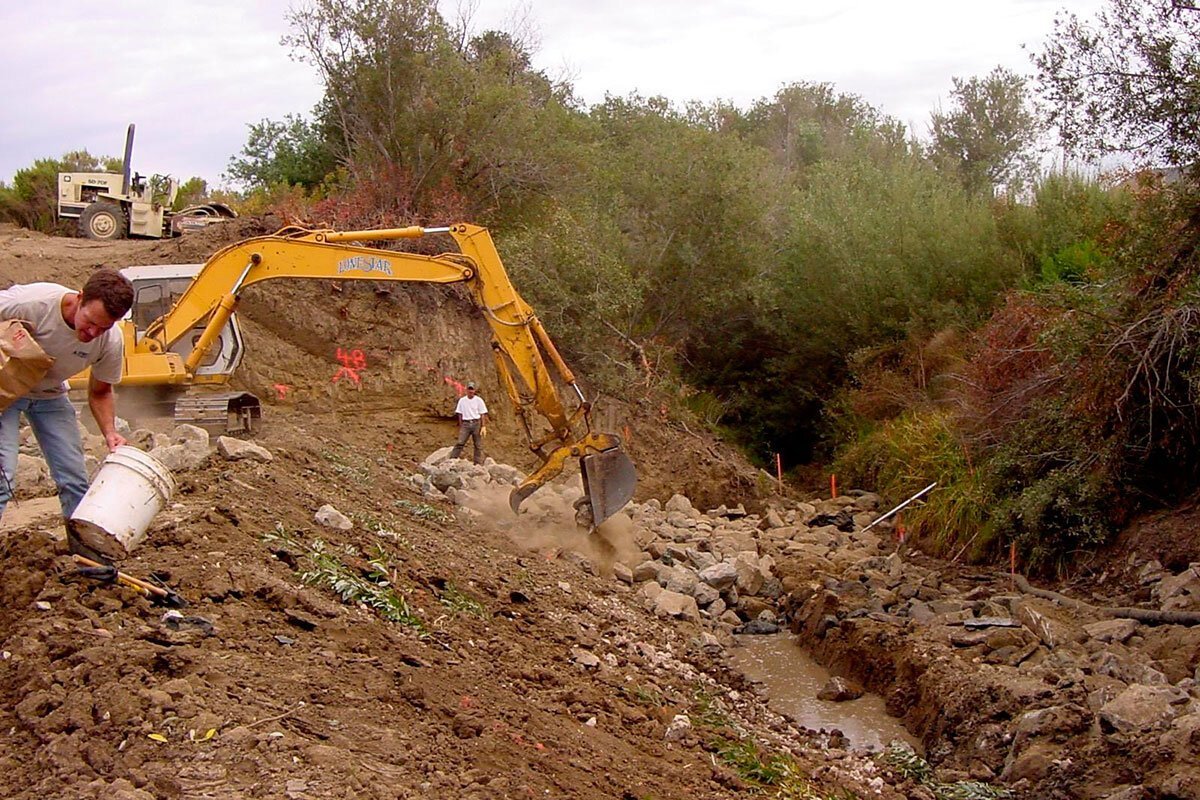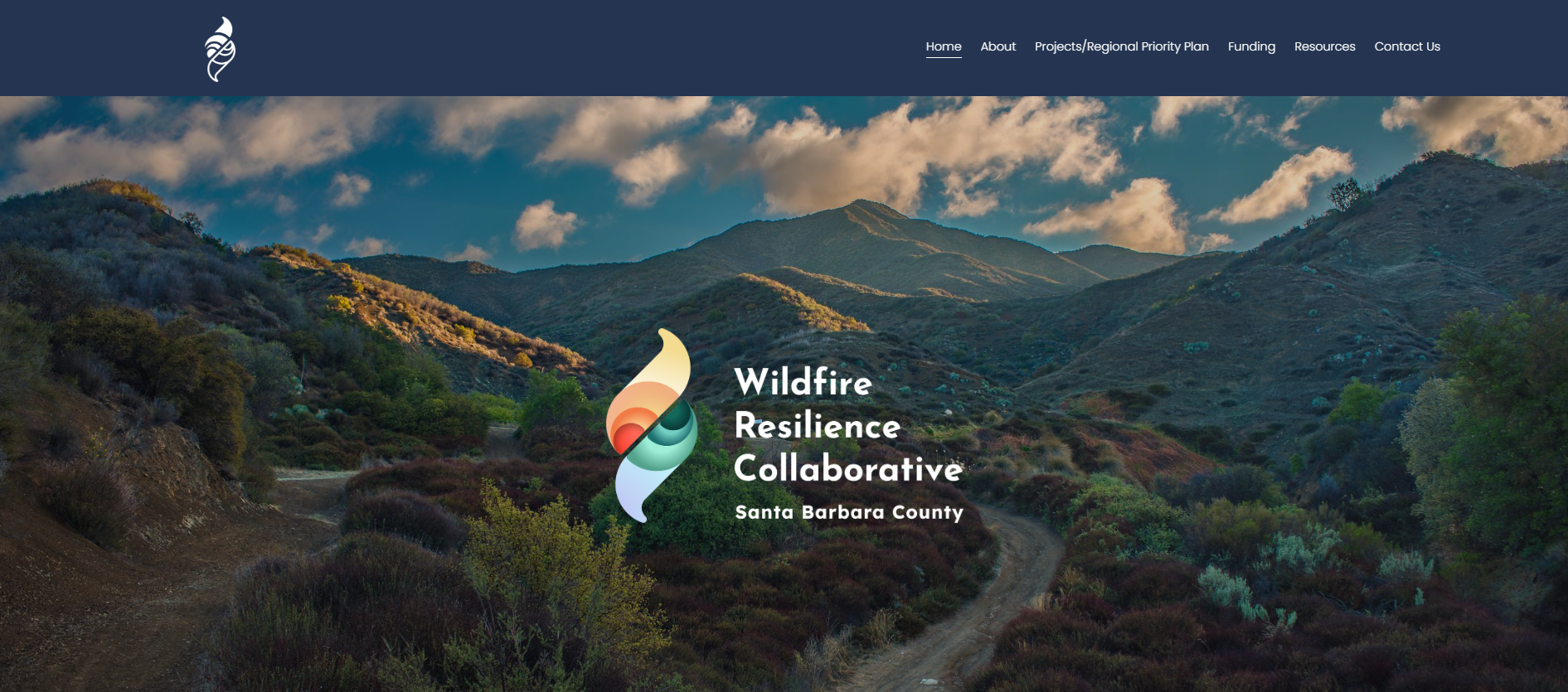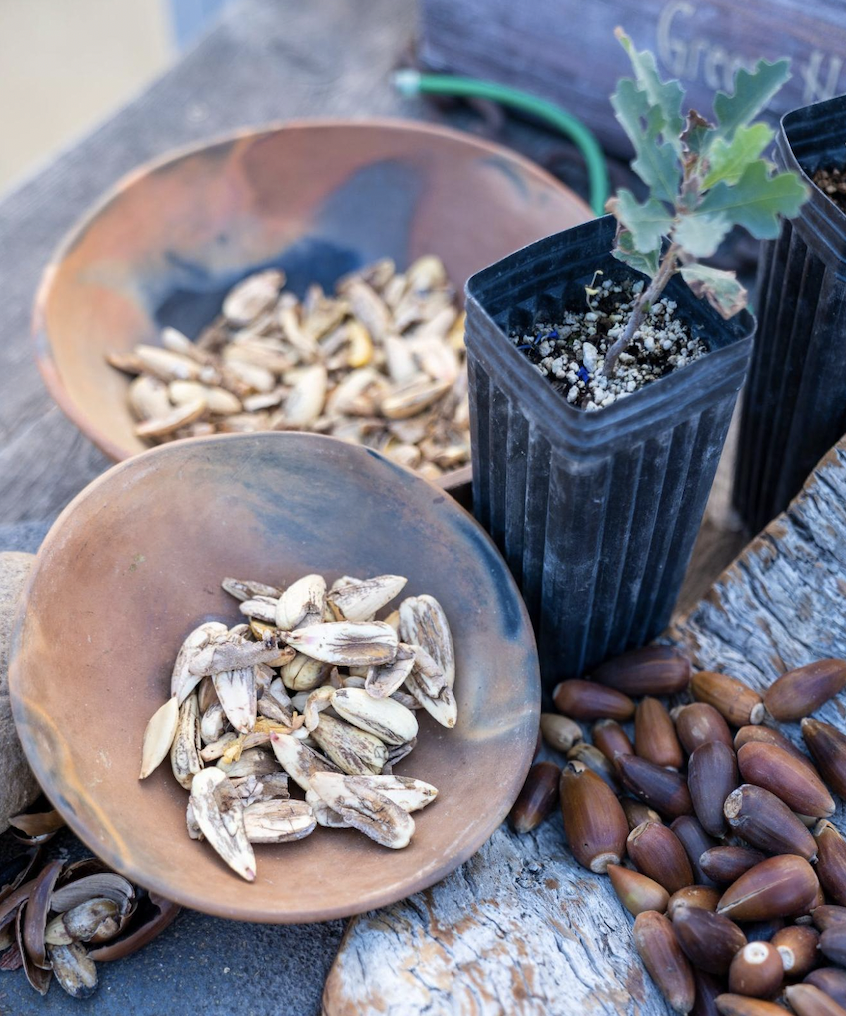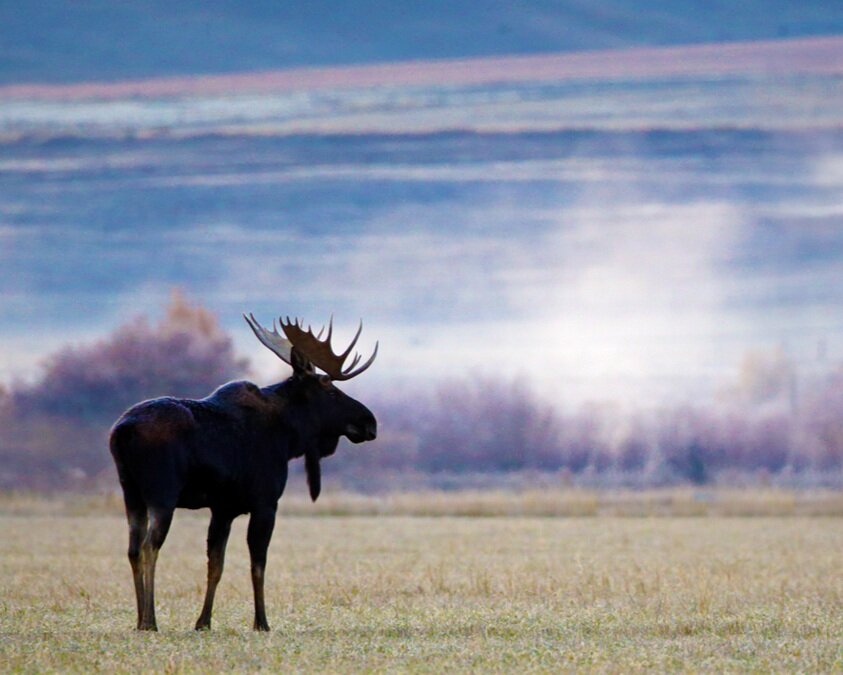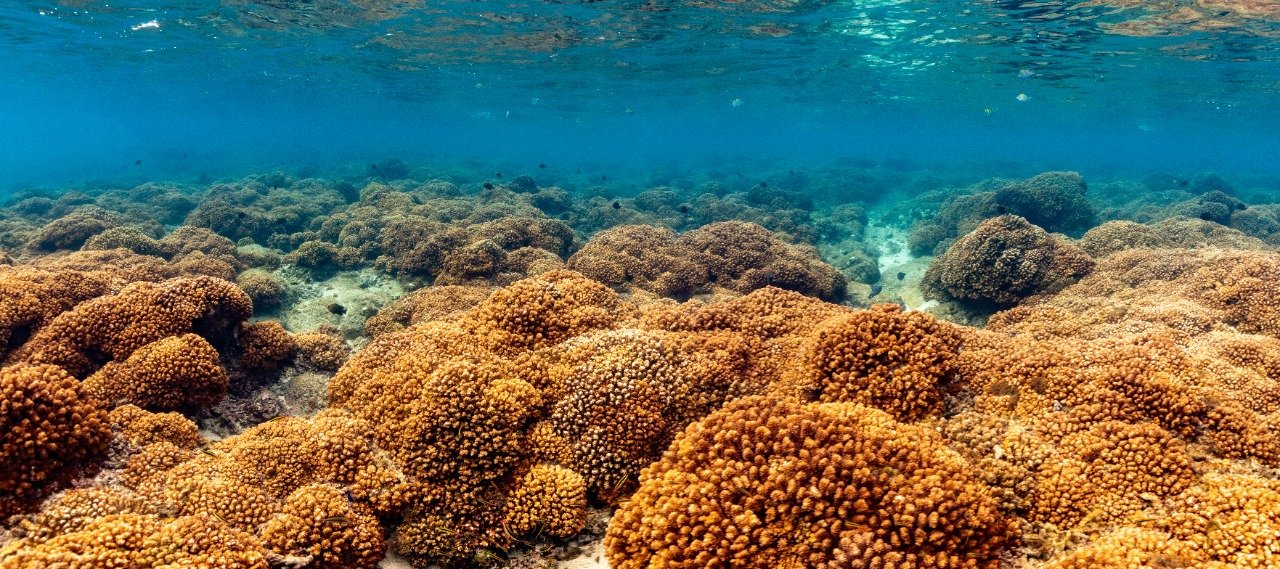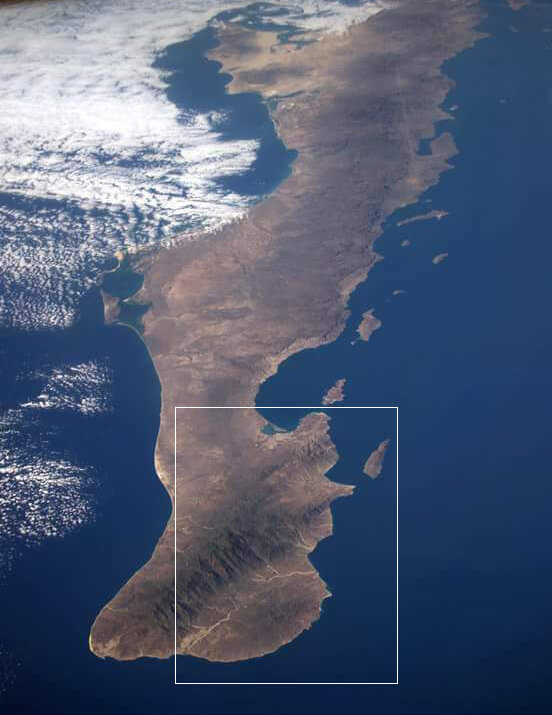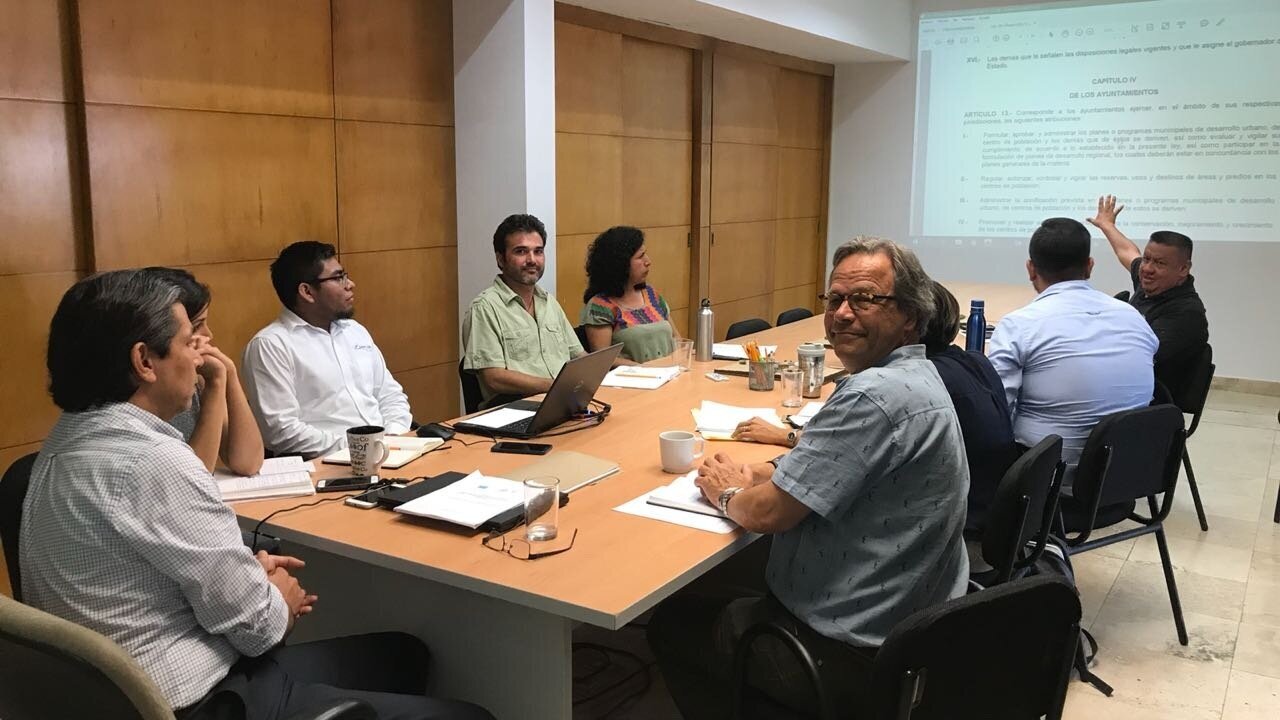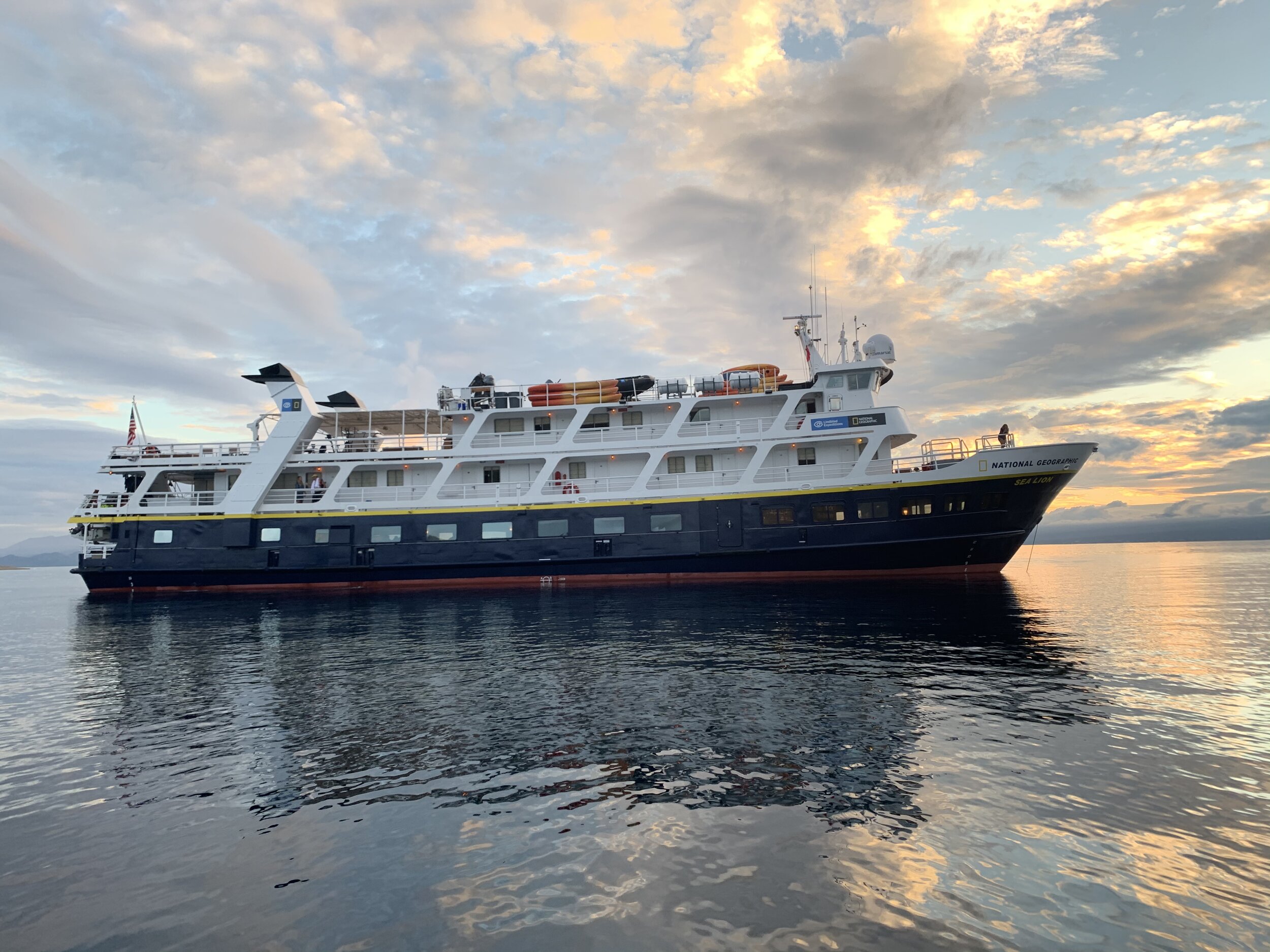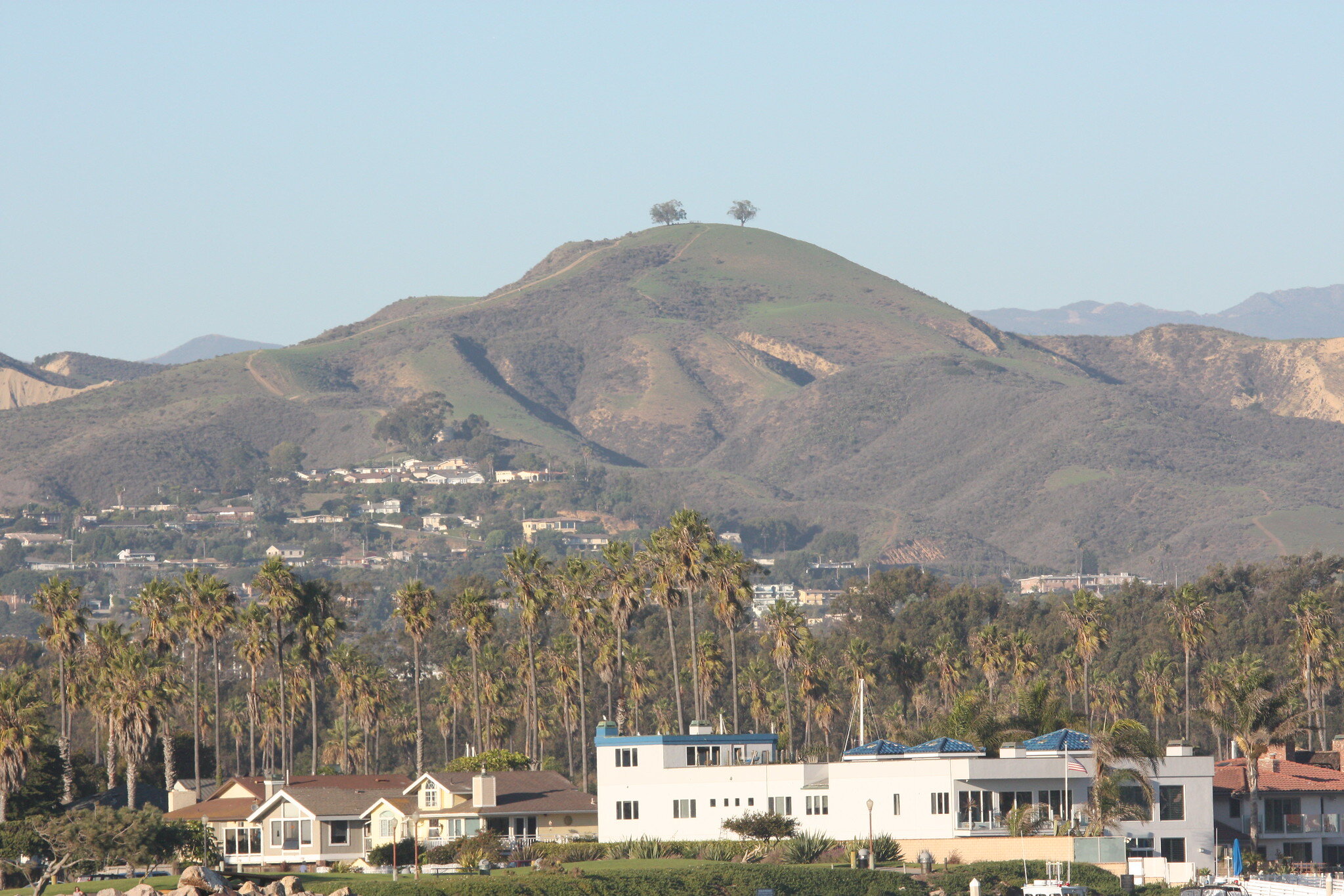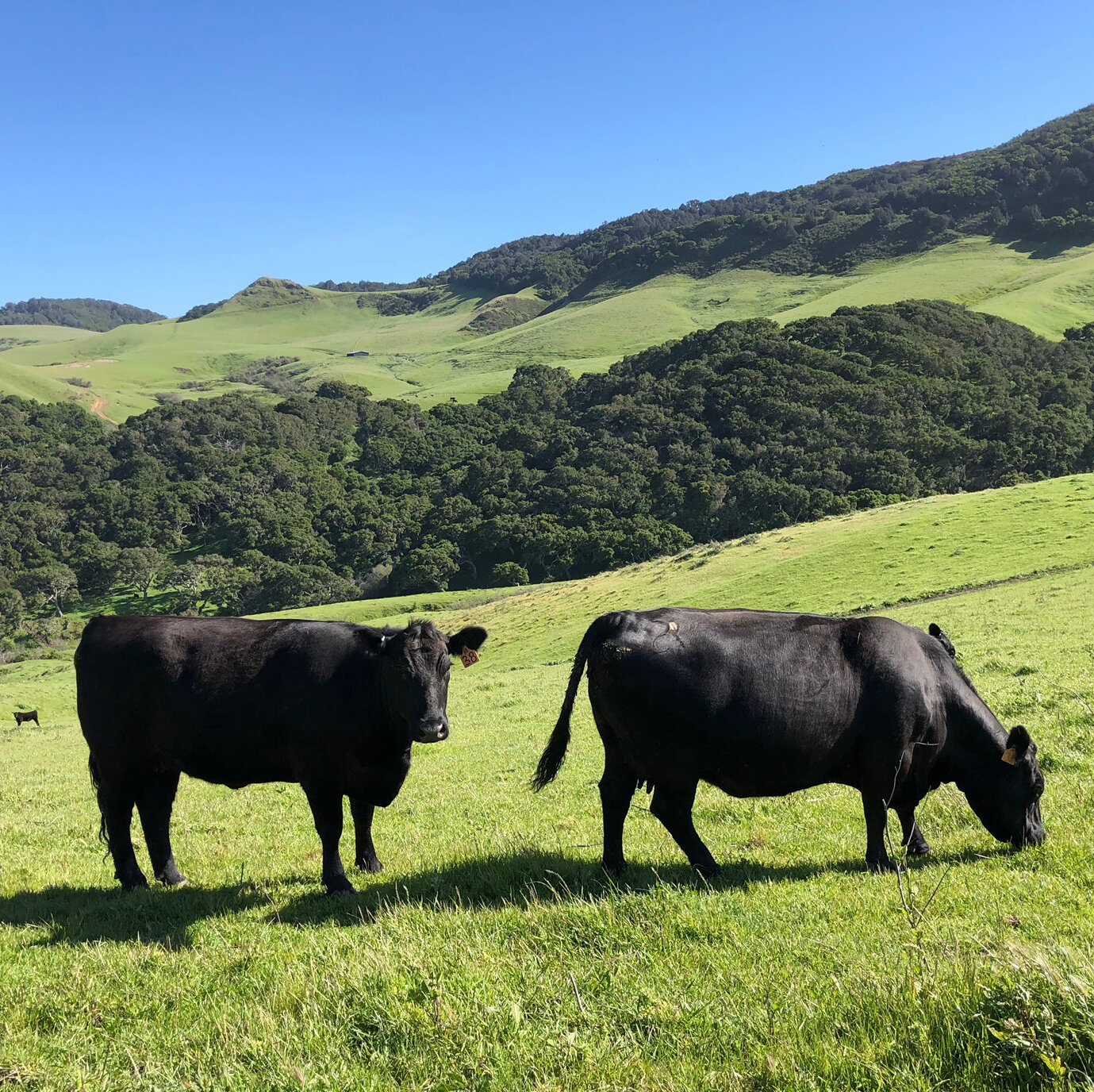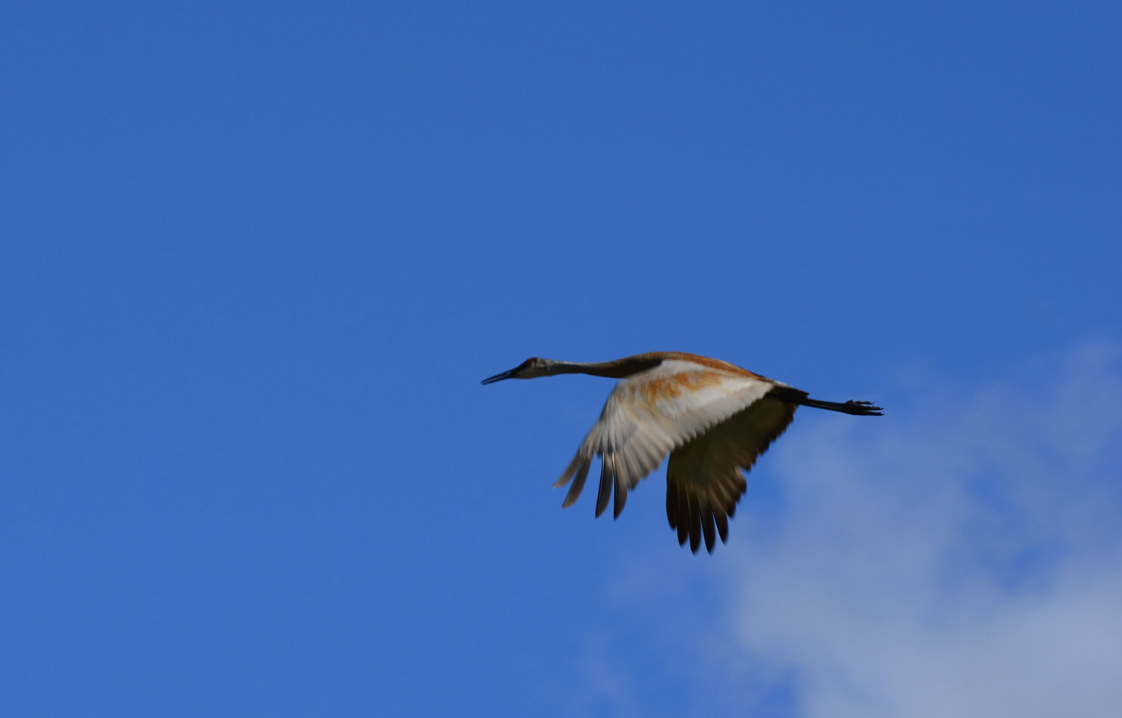
Wildlife and Biodiversity
Protecting and recovering wildlife populations and threatened and endangered species has long been a core part of our work. We bring together private parties (landowners, farmers, ranches, donors, investors), nonprofit organizations, foundations and public agencies to create innovative solutions that yield benefits for wildlife and the communities that steward our working lands, landscapes and ecosystems.
Wildlife and Biodiversity Projects and Insights
Cody The East Yellowstone Collaborative organizes landowner and community outreach events aimed at in-depth discussions on various topics of interest while fostering social connections among landowners, NGOs, and community members.
Cody Working with private landowners and partners, EYC was formed to catalyze landscape-scale conservation along the Absaroka Front while enhancing the economic viability of ranches and their important role in wildlife conservation. EYC is committed to finding conservation solutions that work for …
Cody With the rollout of the USDA/Wyoming Big Game Migration Initiative, working groups have been set up in each of the five priority areas across Wyoming. LegacyWorks facilitates the local Absarokas Working Group (AWG) which includes extensive participation from federal, state, and NGO…
Jackson Partnering with the Greater Yellowstone Coalition, we uplift solutions aligning ranching and wildlife habitat access. This program enacts innovative conservation strategies driven by rancher-introduced solutions. Collaborating with local agencies and ranchers, we're cultivating partnerships and...
Since early 2022, LegacyWorks Group has been playing a central role in the evolution of Catch Together, a nonprofit program helping small-scale fishermen and heritage fishing communities ensure they retain access and continue to steward and conserve their local fisheries.
Sentinel Landscapes are federally designated priority areas that contain high priority lands for multiple federal and state agencies along with military installations of national importance to the Department of Defense. LegacyWorks Group is supporting the evolution of the program at the national and local levels to better enable each Sentinel Landscape Partnership to set and achieve highly ambitious, landscape scale conservation, community and disaster resilience goals.
Ellwood Mesa is an important node in a connected mosaic of protected lands in Goleta. It is also one of the most important overwintering sites for the western population of monarch butterflies. Monarch populations are declining globally, and the overwintering population at Ellwood has declined as well, raising alarm bells in the community.
The City of Goleta’s Parks and Open Space Division invited LegacyWorks Group to help them unveil their efforts to restore the monarch butterfly habitat at Ellwood Mesa.
Prescribed herbivory and grazing is a unique tool that can reduce fire fuels, create mosaics of open space in thick brush, reduce invasive species, improve soils and native habitat, and reduce the risk of high-severity fires.
Indigenous people traditionally used low intensity fire to shape landscapes, ensure the abundance of culturally important plants, create clearings for wildlife and open understories for access to foraging areas. Today, Good Fire has functionally been removed from our landscape due to the loss of cultural burning traditions combined with more than 100 years of aggressive fire suppression.
The Goleta Riparian Corridor Wildfire Risk Reduction & Restoration Project was funded by a California Coastal Conservancy Grant and builds on initial planning work by the Environmental Defense Center that identified wildfire risks and restoration opportunities in numerous sites within twelve watersheds.
Santa Barbara is rich in natural communities that are specifically adapted to its Mediterranean weather patterns. These include coastal scrub, chaparral and foothill woodland plant communities, some of the world's most imperiled ecosystems.
Since our last letter to you, December rains have rejuvenated the hillsides and provided a brief respite from the concern of wildfires. Yet with such a dry, hot January and February and the continuing drought, we’re rapidly headed into a long season of very high fire risk. The question of how we learn to live with this new wildfire regime is at the forefront of our minds.
Healthy, diverse natural ecosystems are vital to all life. But human occupation often brings with it hard-to-control, non-native plant and animal species that can become invasive and detrimental to native species and ecosystems.
For over two decades, almost as long as Cabo Pulmo National Park has existed, I have had the privilege of visiting and working with the community of Cabo Pulmo in Southern Baja California, Mexico, first with international conservation organizations like the World Wildlife Fund, then as a concerned citizen, and now with LegacyWorks Group.
Whether it’s sandhill cranes congregating in local wetlands before flying to New Mexico or mule deer leaving the mountains to seek winter range in the Red Desert, our wildlife populations rely on a much larger landscape than we previously realized.
In Boca del Álamo, the community has adopted a collaborative and sustainable approach, building on and diverging from the Cabo Pulmo model. While Cabo Pulmo's marine park became a global symbol…
The status and distribution of the East Cape's terrestrial biodiversity using all available databases has never been mapped. Two years ago LegacyWorks, Pronatura and members of Cabo Pulmo Vivo Coalition began to assemble the data.
The Cabo Pulmo Vivo Coalition is a vital partnership of several environmental organizations that share the commitment to conserve, protect and restore the East Cape region, especially to safeguard the integrity of Cabo Pulmo National Park.
In November 2019, 60+ engaged actors explored Baja California Sur’s Cabo del Este region aboard the MV Sea Lion. The journey was designed to engage and harness the collective wisdom of participants.
In late 2019, the Ventura Land Trust had an opportunity to purchase Mariana Rancho, an iconic hillside property overlooking the city of Ventura. LegacyWorks helped the Land Trust develop a short-term finance strategy and a longer-term fundraising plan.
LegacyWorks supported White Buffalo Land Trust’s campaign to acquire the Jalama Canyon Ranch. Together we worked to understand and articulate the vision, purpose, principles and goals of the White Buffalo Jalama Ranch Project.
In 2015, LegacyWorks was engaged by the Land Trust for Santa Barbara County and its partners to develop a strategy for creating a report on the community’s natural resources and an online mapping portal to enable us to proactively conserve natural resources.
Our flagship project is transforming a degraded stream corridor into a vibrant community asset. Once slated for development into hundreds of subdivision lots, with a streambed so degraded it put the City of Driggs at risk of flooding, the corridor is now returning to its thriving natural state.


